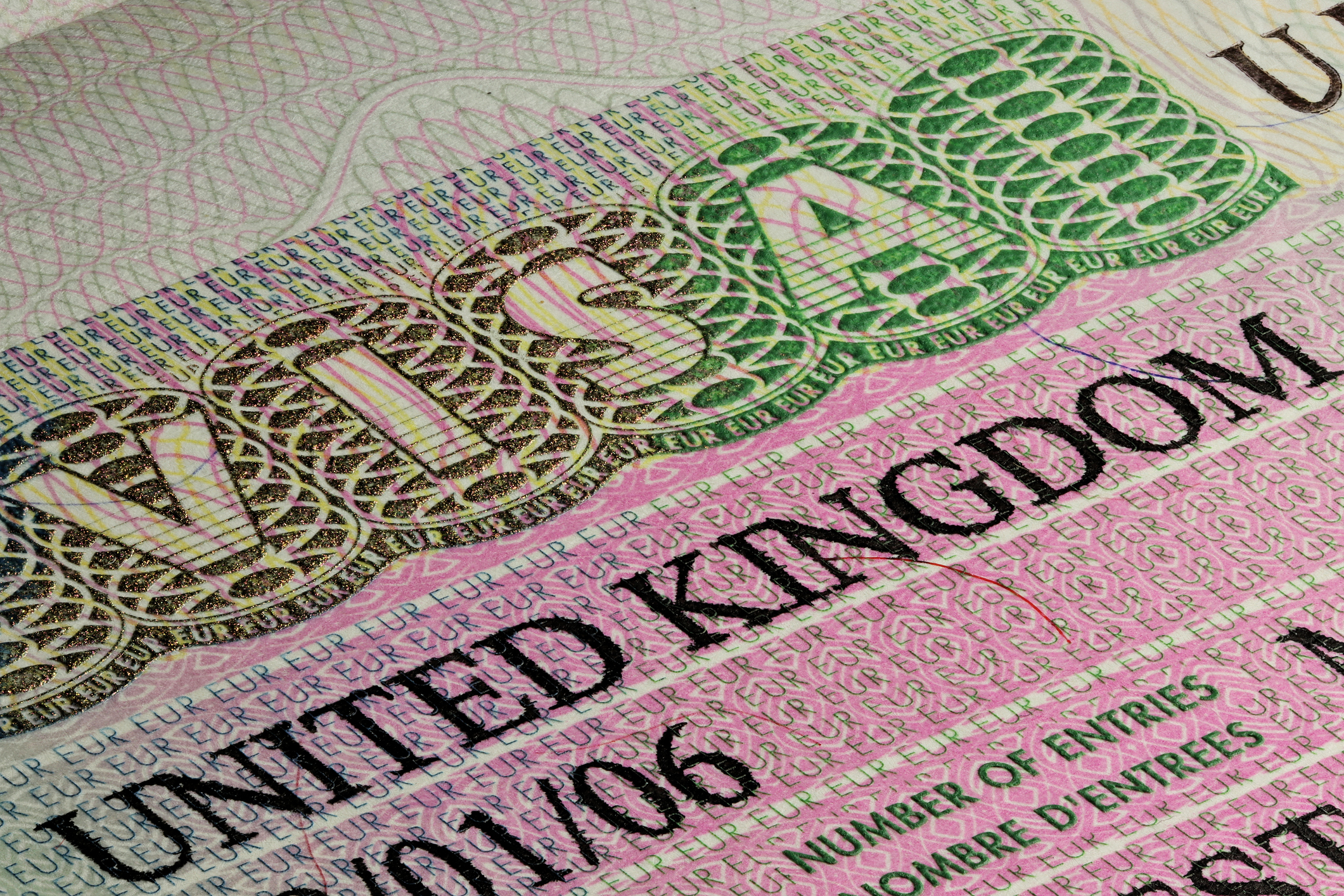Sponsorship in 2025: what’s changed, what’s challenging, and where the opportunities lie

As we move through 2025, the demand for UK visa sponsorship remains high, especially among skilled professionals looking to build a future in the UK. But with the government’s recent changes to immigration rules, securing sponsorship is now more challenging than ever.
For candidates exploring this route, it’s crucial to understand what’s changed, where opportunities still exist, and how to approach the search realistically.
Rising demand for sponsorship
Whether it’s healthcare, tech or engineering, many UK sectors continue to experience skills shortages. For candidates overseas, this means demand for skilled talent still exists and sponsorship remains a valid route. However, it’s not as straightforward as it used to be.
2024/25 changes have made it harder
Over the last year, a number of policy changes have impacted the landscape for skilled worker visas. While the visa route hasn’t closed, it has become more selective and costly.
What’s changed
Higher salary thresholds
As of April 2024, the general salary threshold for Skilled Worker visas increased to £38,700, a significant jump from the previous £26,200¹. This means fewer roles now meet the eligibility requirements, particularly in sectors that traditionally paid less.
Increased employer costs
Sponsoring an international candidate is now more expensive. From visa fees and the Immigration Skills Charge to compliance costs, some businesses, especially smaller ones, are opting out entirely².
Fewer companies willing to sponsor
The combination of higher thresholds and rising costs has made many employers more cautious. Some have stopped sponsoring altogether, while others are only doing so for the most business-critical roles³.
Where sponsorship is still possible
Despite the challenges, some sectors and companies are still actively sponsoring, especially where skill shortages are ongoing or where international recruitment is built into their hiring strategy.
In-demand sectors
- Healthcare and social care (e.g. nurses, carers, paramedics)
- Information technology (e.g. software engineers, cybersecurity analysts)
- Engineering (e.g. mechanical, civil, electrical engineers)
- Education (especially teachers in maths, physics)
- Hospitality and catering (especially chefs)⁴
Larger or global companies
Big brands and multinational firms are more likely to absorb the rising costs and have the infrastructure in place to manage sponsorship. Candidates targeting these types of businesses may still find open doors.
Advice for candidates
- Focus on high-demand industries where roles are likely to meet the new salary threshold
- Set realistic expectations about timelines and employer willingness
- Apply directly to licensed sponsors using the official list published by the Home Office⁵
- Consider roles outside of London, where competition may be lower and demand may be higher
Latest stats on visa sponsorship in the UK
- In 2022, 267,700 work visas were granted to main applicants, including 66,324 Skilled Worker visas and 76,938 Health & Care Worker visas⁶
- In 2023, 337,240 main applicant work visas were issued, up 26% year-on-year. The Health & Care route made up more than 146,000 of these⁷
- The top industries for sponsorship included health and care, IT, and education⁸
- The health and care sector alone accounted for around 57% of all Skilled Worker visas granted in 2023⁹
- As of early 2025, there are over 80,000 UK businesses registered as licensed sponsors¹⁰
This reflects the UK’s ongoing reliance on international recruitment, particularly in response to domestic skill shortages.
Final thoughts
The Skilled Worker route is still open, but it’s a tougher climate than in previous years. Candidates who research carefully, target the right roles and employers, and stay updated on policy changes will give themselves the best chance of success. The situation is likely to continue evolving throughout 2025, so keeping informed is key.
Sources
¹ UK Home Office – Changes to salary thresholds (2024):
https://www.gov.uk/government/news/changes-to-salary-thresholds-for-skilled-worker-visas
² CIPD – Employer responses to immigration changes (2024):
https://www.cipd.org/uk/knowledge/reports/employer-response-immigration-policy
³ Personnel Today – Fewer firms willing to sponsor under new rules (2024):
https://www.personneltoday.com/hr/skilled-worker-visa-rule-changes-2024
⁴ UK Shortage Occupation List (2024):
https://www.gov.uk/government/publications/skilled-worker-visa-eligible-occupations
⁵ UK Home Office – List of licensed sponsors (2025):
https://www.gov.uk/government/publications/register-of-licensed-sponsors-workers
⁶ UK Immigration Statistics Year Ending December 2022:
https://www.gov.uk/government/statistics/immigration-statistics-year-ending-december-2022
⁷ UK Immigration Statistics Year Ending December 2023:
https://www.gov.uk/government/statistics/immigration-statistics-year-ending-december-2023
⁸ Office for National Statistics – Work visa trends by industry (2023):
https://www.ons.gov.uk/peoplepopulationandcommunity/populationandmigration
⁹ Migration Observatory – Health and care sector visa data (2024):
https://migrationobservatory.ox.ac.uk/resources/briefings/migrants-in-the-uk-health-sector
¹⁰ Home Office Sponsorship Management System – Registered sponsors (2025):
https://www.gov.uk/government/publications/register-of-licensed-sponsors-workers

